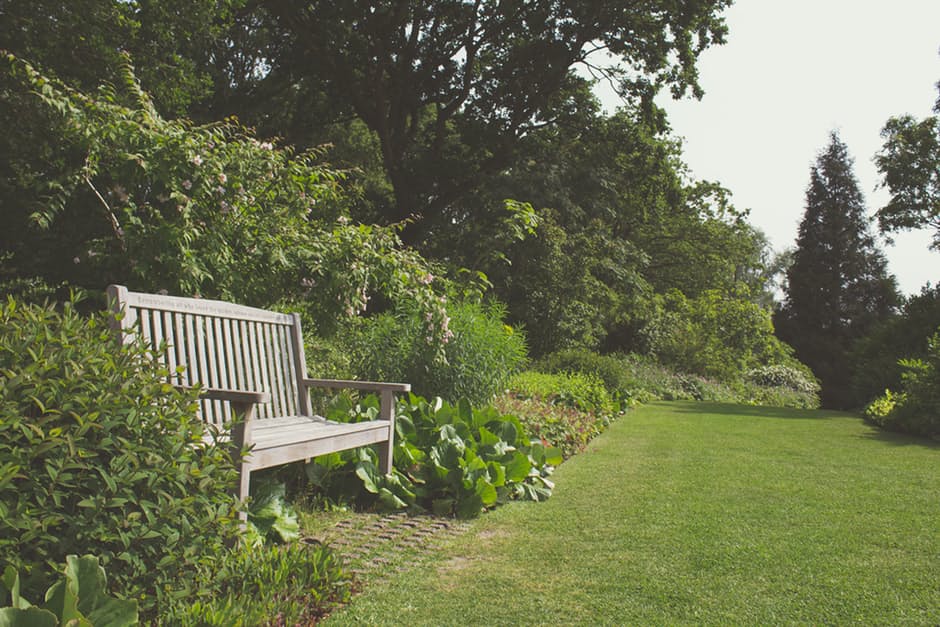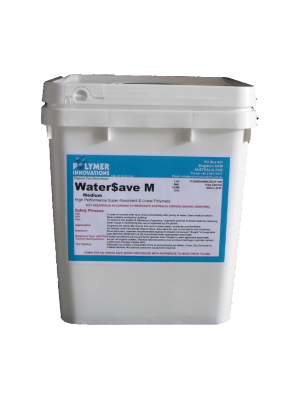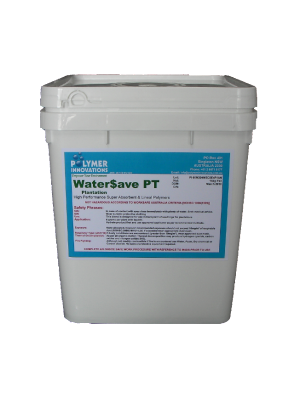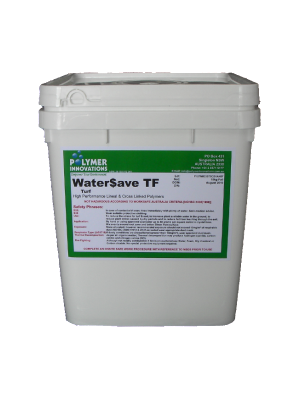
Gardeners around the world often struggle with keeping soil hydrated, especially in drought-prone areas. Super absorbent polymers (SAPs) offer an innovative solution by absorbing & storing large quantities of water, gradually releasing it to plants as needed. Their application in home gardens is becoming increasingly popular, particularly in regions where droughts & water shortages are a constant concern.
Australia, known for its hot & arid climate, has been at the forefront of exploring sustainable water-saving techniques in gardening. SAPs are particularly useful in helping gardeners manage water efficiently, reducing the frequency of irrigation while ensuring plants receive a steady supply of moisture. Their role in improving soil structure & promoting healthier plant growth has made them a key tool in sustainable gardening.
Beyond Australia, SAPs are being increasingly adopted worldwide, with a growing trend in response to climate change & the rising demand for more water-efficient practices in agriculture and home gardening. While their use is expanding, further research & adoption rates vary by region. Countries facing desertification & frequent dry spells, such as the United States, South Africa & India, are incorporating these polymers into soil management strategies.
What Are Super Absorbent Polymers (SAPs)?
Super absorbent polymers (SAPs) are cross-linked hydrophilic materials that can absorb & retain large amounts of water relative to their own mass. Originally developed for medical wound care & disposable diapers, these polymers have since found applications in agriculture & gardening due to their remarkable water-holding capabilities.
How Do SAPs Work?
SAPs function through hydrogel formation, absorbing water & swelling to many times their original size. The absorbed water is then gradually released back into the soil as plants draw moisture through their roots. This mechanism helps maintain soil hydration even during dry spells, reducing plant stress & improving survival rates.
Types of SAPs Used in Gardening
SAPs can be classified into two main categories:
· Synthetic SAPs – Typically made from petroleum-based materials such as polyacrylamide or sodium polyacrylate. These have high absorption capacities & are available through Polymer Innovations. Available SAPs include Water$ave Medium, Water$ave Plantation & Water$ave Turf which are commonly used throughout gardens across Australia.
· Biodegradable SAPs – Developed from natural materials like starch, cellulose, or protein-based compounds, these eco-friendly alternatives break down over time without harming soil health.
The Benefits of SAPs in Home Gardening
· Improved Soil Moisture Retention: A study published in the Journal of Agricultural Water Management found that SAPs can improve soil moisture retention by up to 50%, significantly reducing the need for frequent watering. This is particularly beneficial in areas with water restrictions, such as many parts of Australia.
· Reduction in Watering Frequency: According to Dr. Peter Williams, an Australian horticultural scientist:“Super absorbent polymers can cut watering needs by up to 40%, making them an essential tool for sustainable home gardening, especially in drought-prone climates.”
· Enhanced Plant Growth and Health: A 2020 study in the Australian Journal of Botany found that vegetable gardens using SAPs produced 20-30% higher yields compared to those without. However, the study also noted that benefits varied depending on soil type & SAP concentration, with excessive use potentially leading to reduced aeration & root growth.
The Global Perspective on SAPs in Gardening
Adoption of SAPs in Drought-Prone Regions
In India, China & parts of Africa, SAPs are being used to combat desertification & improve agricultural output. In California, USA, SAP-treated soil retained 35% more moisture than untreated soil, significantly reducing plant water stress.
Countries Leading SAP Development
· Germany: Companies like BASF are developing bio-based SAPs to reduce environmental impact.
· Japan: Researchers are working on hybrid SAPs that combine synthetic and organic materials for enhanced performance.
· Australia: Ongoing studies are focused on creating SAPs tailored to the country’s unique soil conditions and climate challenges.
Super Absorbent Polymers in Australian Home Gardens
The Impact of Drought Conditions in Australia
According to the Australian Bureau of Meteorology:
“Water shortages are expected to increase due to climate change, making water-efficient gardening practices essential for homeowners.”
Water Restrictions & Gardening Challenges
For example, Melbourne’s Stage 2 water restrictions limit garden watering to specific hours, but gardeners using SAPs can extend the effectiveness of each watering session, keeping plants hydrated for longer.
How SAPs Improve Water Efficiency in Dry Climates
Scientific Studies on Water Retention and Efficiency
Research from the University of Sydney’s Agriculture Department showed that SAPs improved crop survival rates by 25% in drought-prone regions of New South Wales.
Expert Opinions on SAP Benefits
Dr. Emily Parker, a soil scientist from the University of Melbourne, states:
"Super absorbent polymers are a game-changer for home gardeners. They help maintain soil moisture levels, reduce water stress in plants, and make gardening more viable in regions with limited water availability."
Super absorbent polymers (SAPs) offer a practical & effective solution for water conservation in home gardens, particularly in drought-prone regions like Australia. When used correctly & in conjunction with other water-saving practices like mulching & composting, they can significantly improve garden resilience while reducing water waste.






Comments